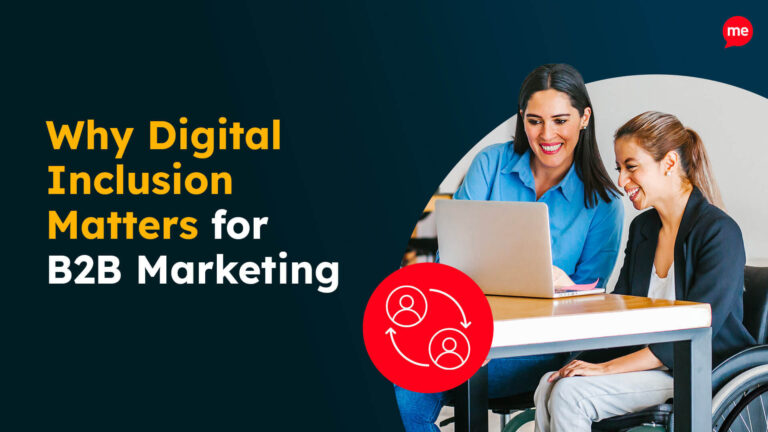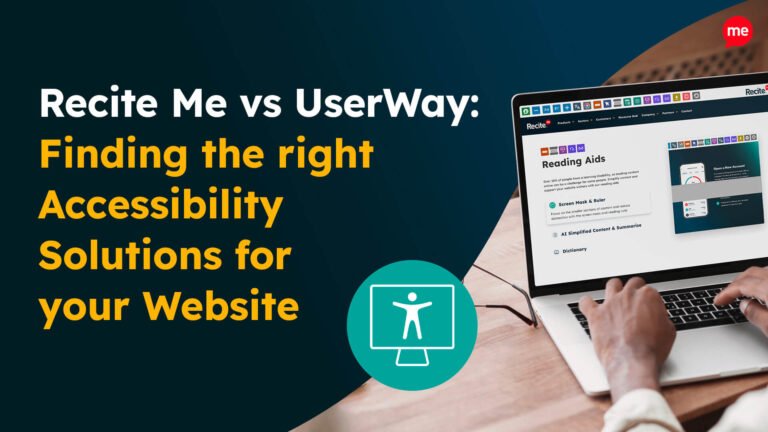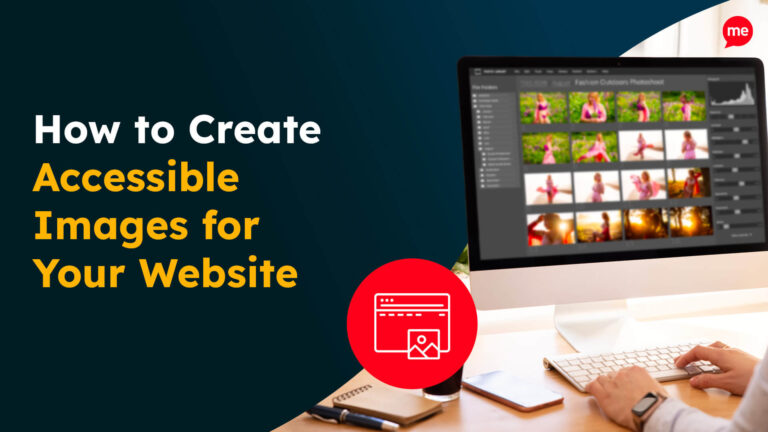Get Your Free Accessibility & Inclusion Toolkit
Download NowWhen talking about digital accessibility, two terms come up again and again: A11y and WCAG. At first glance, they can seem interchangeable, but they aren’t the same thing. Understanding the difference between them is essential for organisations that want to create inclusive digital products and stay compliant with accessibility requirements.
In this article, we’ll break down what A11y means, what WCAG is, how the two work together, and practical steps you can take to align your accessibility strategy with recognised standards.
Understanding the terminology
Before diving into accessibility standards and practices, it’s important to clarify the language. Understanding the terms A11y and WCAG helps avoid confusion, especially when discussing accessibility goals, compliance requirements, or design strategies.
What is A11y?
The A11y meaning is shorthand for the word accessibility. The “11” represents the eleven letters between “a” and “y” in the word. It’s widely used in developer and accessibility communities as a quick way to refer to digital accessibility.
At its core, A11y is about:
- Inclusivity – Ensuring people with visual, auditory, motor, or cognitive impairments can access digital content.
- Usability – Making sure interfaces are intuitive, flexible, and not unnecessarily complex.
- Equity – Providing equal access to information and services regardless of ability.

What is WCAG?
WCAG stands for the Web Content Accessibility Guidelines. Unlike A11y, WCAG is a formal standard developed by the World Wide Web Consortium (W3C). It provides a detailed framework for making web content accessible. The guidelines are organised around four key principles known as POUR, which state that content should be perceivable, operable, understandable, and robust.
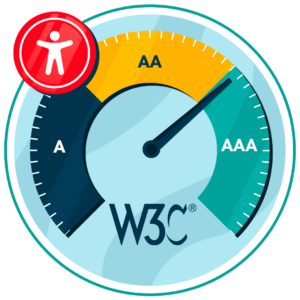
WCAG is organised into three compliance levels:
- Level A – The minimum level of accessibility.
- Level AA – The most widely adopted benchmark for legal compliance.
- Level AAA – The highest standard, often used for specialised contexts but not always feasible for all digital content.
Achieving compliance with WCAG 2.1 Level AA is often seen as the gold standard for accessibility compliance around the world.
Get a free automated accessibility check of your websites homepage. This will identify and highlight any compliance issues on your website. Followed by recommendations on how to implement the necessary changes to make your website more accessible.
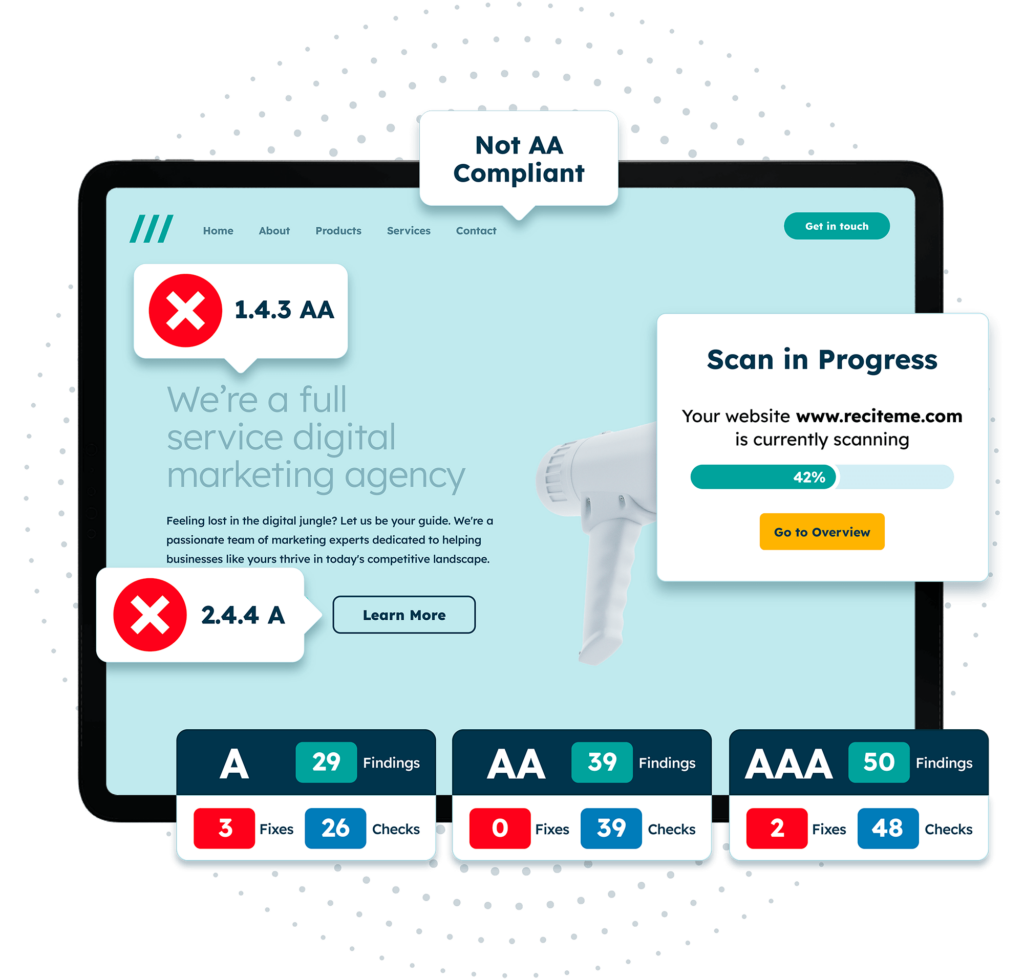
Core differences between A11y and WCAG
A11y and WCAG both play key roles in digital accessibility, but they differ in important ways. Here’s a closer look:
| Aspect | A11y | WCAG |
| Definition | Shortened numeronym for “accessibility” (a + 11 letters + y) | Web Content Accessibility Guidelines, developed by the W3C |
| Scope | Broad concept of making experiences usable by everyone, regardless of ability | Specific, formal guidelines for web and digital content accessibility |
| Nature | Informal term or concept | Official, published standard |
| Coverage | All mediums (digital, physical, environmental, and products) | Primarily web and digital content |
| Purpose | Promote inclusive design and usability for all | Provide measurable criteria for accessibility compliance |
| Enforcement | None directly | Often referenced in legislation (EAA, ADA, AODA, DDA, etc) |
| Measurement | Subjective – based on user experience and inclusivity | Objective – pass/fail against defined success criteria |
| Audience | General public, designers, developers, product teams | Accessibility professionals, developers, compliance auditors |
How WCAG and A11y actually work together to achieve similar goals
At a surface level, A11y and WCAG might look like competing concepts. But in reality, they work together well:
- A11y is the mindset and commitment to building inclusive experiences for all users.
- WCAG defines measurable ways to achieve accessibility and verify compliance.
Think of A11y as the why (the ethical and human-centred motivation), and WCAG as the how (the structured, testable pathway to achieve accessibility goals). When used together, organisations can balance principles with practice: A11y keeps teams focused on real user needs, while WCAG ensures those needs are systematically addressed and measurable.
In short: A11y is the destination, and WCAG provides the map.

How WCAG is central to digital A11y
While accessibility can be approached from many angles, WCAG sits at the center of digital A11y efforts for several reasons.
WCAG provides measurable and testable success criteria
One of the greatest strengths of WCAG is its measurability. Accessibility is often considered abstract, but WCAG turns it into a set of testable criteria.
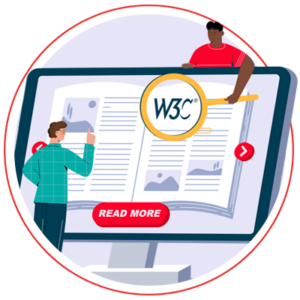
For example:
- Alt text – WCAG requires that images have text alternatives.
- Keyboard navigation – Users must be able to access all website areas from a keyboard.
- Contrast ratios – Text must have a minimum contrast ratio of 4.5:1 against its background for Level AA compliance.
These criteria provide clear rules that developers, designers, and testers can check against. They can either do a manual check or with automated a11y audit tools.
This is why WCAG is central to implementing A11y in practice: it provides concrete benchmarks rather than subjective intentions.
WCAG provides a benchmark for A11y legal compliance
Many A11y laws across the world directly reference WCAG or use it as the practical benchmark for enforcement. For organisations, this means WCAG compliance is often a legal necessity.
Here are some global examples:
| Region | Details |
| United Kingdom | The Equality Act 2010 requires organisations to make reasonable adjustments for people with disabilities. Courts and regulators often use WCAG 2.1 Level AA as the standard for what digital accessibility should look like. |
| European Union | The European Accessibility Act (EAA) requires a wide range of digital services and products sold in the EU to be accessible, with WCAG 2.1 Level AA providing the reference point for compliance. |
| United States | The Americans with Disabilities Act (ADA) doesn’t specify WCAG, but US courts consistently use WCAG 2.1 Level AA as the benchmark in digital accessibility lawsuits. |
| Canada | The Accessible Canada Act mandates federal accessibility compliance in line with WCAG 2.1. |
| Australia | The Disability Discrimination Act (DDA) prohibits discrimination against people with disabilities, and WCAG 2.1 AA is used as the technical guideline to demonstrate compliance. |
| New Zealand | The Web Accessibility Standard 1.1 directly incorporates WCAG 2.1 and requires all public sector websites to meet Level AA compliance, ensuring accessibility is consistent across government digital services. |
Best practices for using A11y and WCAG together
So how can organisations effectively combine A11y and WCAG? The following best practices show how you can align everyday workflows with both the principles of A11y and the technical benchmarks of WCAG.
Adopt an accessibility-first approach
Accessibility shouldn’t be an afterthought. By adopting an accessibility-first mindset, teams integrate A11y principles from the very beginning of projects. This reduces costly fixes and retrofitting later and ensures accessibility is embedded into design and development processes.
To adopt an accessibility-first approach, start asking questions like:
- Will this design work for someone using a screen reader?
- Can this new feature be navigated without a mouse?
- Is this content clear for users with cognitive disabilities?
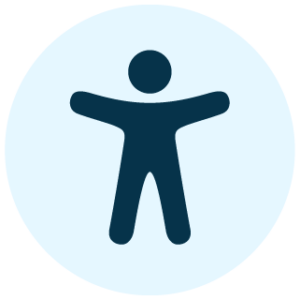
Incorporate accessibility testing into your processes
A11y testing should be part of your development lifecycle.
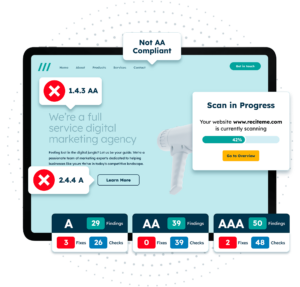
Use a mix of:
- Automated tools to catch common technical WCAG violations like poor colour contrast.
- Manual testing for keyboard navigation, screen reader compatibility, and usability.
- User testing with people with disabilities to get their feedback on real-world experiences.
By embedding testing early and often, you ensure WCAG criteria are consistently met and that A11y goals are not overlooked.
Train your staff on A11y and WCAG best practices
Accessibility isn’t the job of one specialist, it’s a shared responsibility across design, development, content, and quality assurance (QA) teams. To achieve long-term accessibility, staff need training in both A11y principles and WCAG criteria.
This accessibility training should cover a wide range of practical skills like writing descriptive alt text, creating accessible forms, or designing inclusive colour palettes.
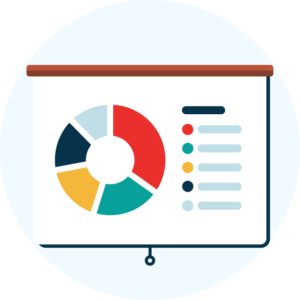
Use WCAG success criteria as a baseline and aim for 2.1 Level AA
Most organisations aim for WCAG 2.1 Level AA compliance because it covers the majority of accessibility needs while aligning with global legal standards. But WCAG should be seen as the starting point, not the finish line. Use WCAG as your baseline to establish consistency and compliance, then build further with real-world testing and user feedback.
For example, WCAG best practices require minimum contrast ratios, but users with low vision may still prefer higher ratios. So exceeding these requirements improves usability. By treating WCAG as the floor rather than the ceiling, organisations can achieve both compliance and true inclusivity.
Our 40-page Digital Accessibility & Inclusion Toolkit helps businesses break down online barriers and make a real impact. It offers practical advice on all aspects of digital accessibility, from writing an accessibility statement to accessible website tips and inclusive hiring.
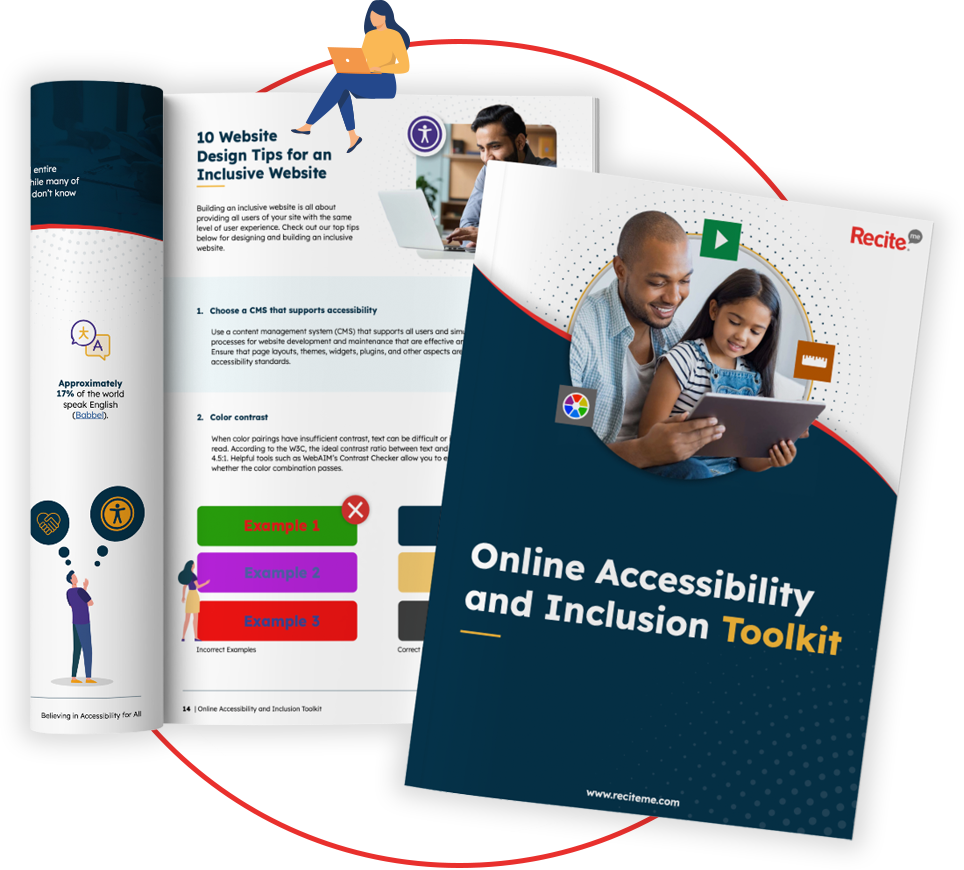
The summary: Get A11y and WCAG compliant now
A11y and WCAG are partners in creating inclusive digital experiences. A11y provides the vision and cultural commitment to accessibility, while WCAG delivers the measurable standards to make that vision practical and enforceable.
By adopting an accessibility-first mindset, embedding testing, training teams, and using WCAG as a baseline, your organisation can move beyond compliance to deliver genuinely usable experiences for everyone. Ultimately, A11y is not just about meeting legal requirements, it’s about building a digital world that works for all.
A11y Vs WCAG FAQs
Looking for a recap or quick summary? Here are a few of our most frequently asked questions to help you get to grips with the essentials:
Is A11y the same as WCAG?
No. A11y is shorthand for accessibility in general, while WCAG (Web Content Accessibility Guidelines) is a specific set of standards created by the W3C. A11y is the goal, making digital products inclusive, while WCAG is the rulebook that defines measurable steps to achieve that goal.
Which WCAG level should I aim for?
Most organisations should aim for WCAG 2.1 Level AA compliance. Level A doesn’t go far enough, while Level AAA is often impractical for large-scale websites. Level AA strikes the balance between legal compliance, user inclusivity, and feasibility.
Can a site be A11y-friendly without meeting WCAG?
While a site might feel accessible to some users if it follows A11y best practices, without WCAG, there’s no guarantee that it is comprehensive or testable. For example, a site may look inclusive but fail critical standards like keyboard navigation or colour contrast. WCAG ensures that accessibility is measurable.
Is WCAG only for websites?
No. While WCAG was originally designed for web content, its principles apply to a wide range of digital platforms and tools, including mobile apps, digital documents (like PDFs), and even emerging technology. Many organisations now use WCAG as a framework for ensuring A11y across their entire digital presence.
Is WCAG compliance legally required?
In many countries, yes. While the US ADA doesn’t explicitly mention WCAG, courts will use it as the legal benchmark. The EU’s EAA, Canada’s ACA, and Australia’s DDA do explicitly require WCAG compliance. Ignoring WCAG can put organisations at risk of lawsuits and financial penalties.

